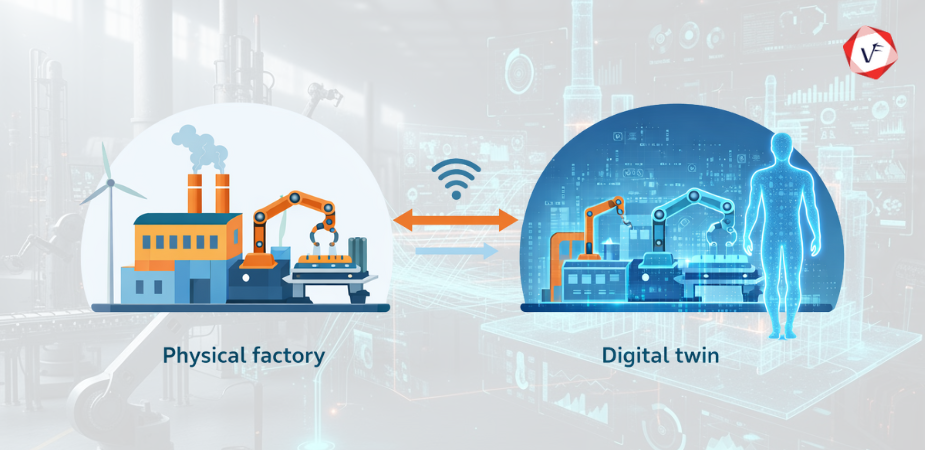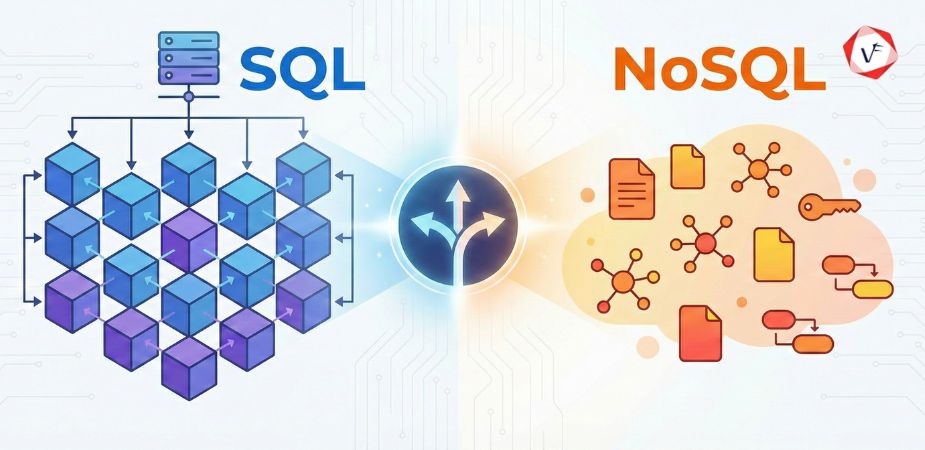- August 11, 2025 7:14 pm
- by Kevin
- August 11, 2025 7:14 pm
- by Aruthra

The healthcare industry continues to face mounting pressures in 2025, including staffing shortages, increasing administrative burdens, and the persistent need to improve patient care while reducing costs. Robotic Process Automation (RPA) has emerged as a transformative technology that addresses these challenges by automating repetitive, rule-based tasks and workflows.
Healthcare organizations implementing RPA solutions are witnessing significant improvements in operational efficiency, reduced error rates, and enhanced patient experiences. The adoption of automation in healthcare settings has accelerated dramatically since 2023, with RPA implementations becoming more sophisticated and integrated into core clinical and administrative processes. This article explores the current landscape of RPA in healthcare, outlines practical implementation strategies, and examines the most impactful use cases transforming healthcare delivery in 2025.
Robotic Process Automation refers to software "robots" or "bots" that mimic human actions to execute rules-based tasks across digital systems. Unlike physical robots, RPA bots are software applications that operate within existing IT infrastructure to automate workflows that previously required manual intervention. In healthcare settings, these virtual workers interact with electronic health records (EHRs), billing systems, scheduling platforms, and other healthcare applications just as human staff would—clicking, typing, copying, pasting, and transferring data between systems.
The technology has evolved significantly in recent years, with modern RPA platforms now incorporating advanced capabilities such as:
Healthcare providers implementing RPA are discovering that automation extends far beyond simple task replacement. Strategic RPA deployment creates value throughout the care continuum, from streamlining front-office operations to supporting clinical decision-making and ensuring accurate revenue cycle management.
Successfully implementing RPA in healthcare settings requires a methodical approach that addresses the unique characteristics of healthcare operations:
1. Assessment and Process Selection
The initial phase of RPA implementation involves identifying suitable processes for automation. Healthcare organizations should prioritize:
Leading healthcare providers are using process mining tools to objectively identify automation candidates by analyzing system logs and process performance metrics. This data-driven approach ensures that automation efforts target the most impactful opportunities.
2. Process Standardization and Optimization
Before automation, selected processes should be standardized and optimized. Automating an inefficient process merely perpetuates the inefficiency at greater speed. Healthcare organizations implementing RPA most successfully first document current workflows, identify inefficiencies, and redesign processes to eliminate unnecessary steps. This optimization phase often yields immediate efficiency gains even before automation begins.
3. Technology Selection
Selecting the appropriate RPA platform is crucial for healthcare implementations. Key considerations include:
Healthcare-specific RPA solutions have emerged that offer pre-built components designed for common healthcare workflows, potentially accelerating implementation timeframes and reducing development costs.
4. Governance Structure
Establishing a robust governance framework is essential for sustainable RPA implementation. This framework should define:
An effective governance structure balances the need for centralized oversight with sufficient flexibility to respond to evolving healthcare requirements.
5. Implementation Approach
Most successful healthcare RPA implementations follow an iterative approach:
This measured approach minimizes disruption to critical healthcare operations while building internal capabilities and acceptance.
The most impactful RPA implementations in healthcare are targeting specific high-value use cases:
RPA bots are transforming front-office operations by automating appointment scheduling workflows. When patients schedule appointments through online portals or call centers, bots verify insurance eligibility in real-time, check provider availability across scheduling systems, and send automated reminders to reduce no-shows. Advanced implementations are using predictive analytics to optimize scheduling based on historical patterns and patient preferences.
<br>Healthcare organizations implementing RPA are dramatically improving claims processing efficiency. Bots automatically extract data from various clinical systems, validate coding accuracy, check for missing documentation, and submit claims to payers. When claim rejections occur, automated workflows identify the cause, make necessary corrections, and resubmit claims with minimal human intervention. This end-to-end automation significantly reduces days in accounts receivable and improves cash flow.
<br>Natural language processing capabilities integrated with RPA are revolutionizing clinical documentation workflows. These systems analyze physician notes, extract relevant diagnostic information, suggest appropriate ICD-10 codes, and update the patient record accordingly. This automation reduces physician documentation burden while ensuring accurate and compliant coding practices.
<br>RPA implementation is enhancing care coordination by automating the exchange of patient information between providers. When patients are referred to specialists or transition between care settings, bots gather relevant clinical data from the EHR, generate comprehensive transfer documentation, and securely transmit information to receiving providers. This automation ensures continuity of care while reducing administrative burdens on clinical staff.
<br>Pharmacy operations benefit significantly from RPA automation of medication management processes. Bots monitor inventory levels, generate reorder requests, check for drug interactions when new medications are prescribed, and automate refill authorizations based on established protocols. Advanced implementations incorporate robotic dispensing systems that work alongside digital RPA bots to create end-to-end medication management solutions.
<br>Healthcare organizations face increasingly complex reporting requirements for quality measures, utilization patterns, and public health surveillance. RPA implementation automates the collection, validation, and submission of required data to regulatory agencies. Bots extract information from multiple systems, format data according to submission requirements, validate completeness, and generate exception reports for manual review when discrepancies are identified.
Despite the significant benefits, healthcare organizations implementing RPA frequently encounter challenges that must be addressed for successful adoption:
Healthcare environments often include legacy systems with limited API capabilities. Successful implementations overcome this challenge by leveraging RPA's ability to interact with user interfaces when API integration is not feasible, essentially replicating the actions human users would take to access and transfer data.
The sensitive nature of healthcare data demands rigorous security measures. Organizations implementing RPA in healthcare environments should:
Staff anxiety about automation and potential job displacement can undermine implementation efforts. Effective change management strategies emphasize how automation complements rather than replaces human workers, freeing them to focus on higher-value activities that require emotional intelligence and clinical judgment.
Automating aspects of clinical workflows raises legitimate concerns about maintaining quality and safety. Healthcare organizations should implement robust quality assurance processes, including:
RPA implementation represents a strategic imperative for healthcare organizations seeking to thrive in an increasingly challenging environment. The technology offers remarkable potential to reduce costs, improve operational efficiency, enhance compliance, and ultimately deliver better patient care. As we progress through 2025, healthcare leaders should approach RPA not as a tactical solution for isolated processes but as a foundational capability that transforms how healthcare is delivered and managed. Organizations that develop systematic approaches to identifying, implementing, and scaling automation will gain significant competitive advantages in the evolving healthcare landscape. For healthcare providers looking to accelerate their automation journey, Vofox's RPA development services are a great option, offering specialized healthcare expertise and proven implementation methodologies that address the unique challenges of clinical and administrative workflows. Get in touch to learn more.
Guaranteed Response within One Business Day!

What is Digital Twin Technology?

What are WebAssembly (WASM) Applications?
Code Review Best Practices: Complete Guide for 2026

Database Selection Guide: SQL vs NoSQL
AI Agents in Enterprise Software: How Autonomous AI is Transforming Business Operations